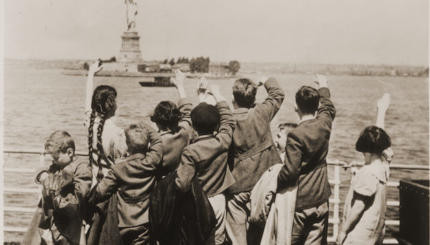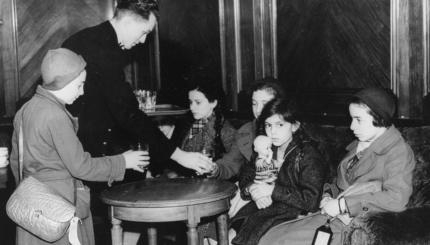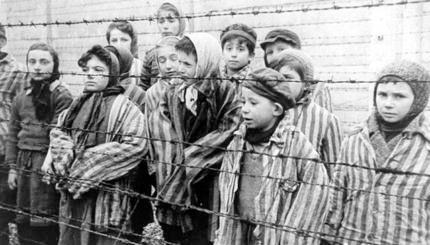The Holocaust was the systematic, state-sponsored persecution and murder of six million Jews by the Nazi regime and its allies and collaborators. The Holocaust was an evolving process that took place throughout Europe between 1933 and 1945.
The Holocaust is also sometimes referred to as “the Shoah,” the Hebrew word for “catastrophe.” It affected nearly all of Europe’s Jewish population, which in 1933 numbered 9 million people.
When they came to power in Germany, the Nazis did not immediately start to carry out mass murder. However, they quickly began using the government to target and exclude Jews from German society. The regime persecuted other groups because of politics, ideology, or behavior. The Nazis claimed that Roma, people with disabilities, some Slavic peoples (especially Poles and Russians), and Black people were biologically inferior. Other persecuted groups included Communists, Socialists, Jehovah’s Witnesses, gay men, and people the Nazis called “asocials” and “professional criminals.”
MAY 7, 1919: Treaty of Versailles
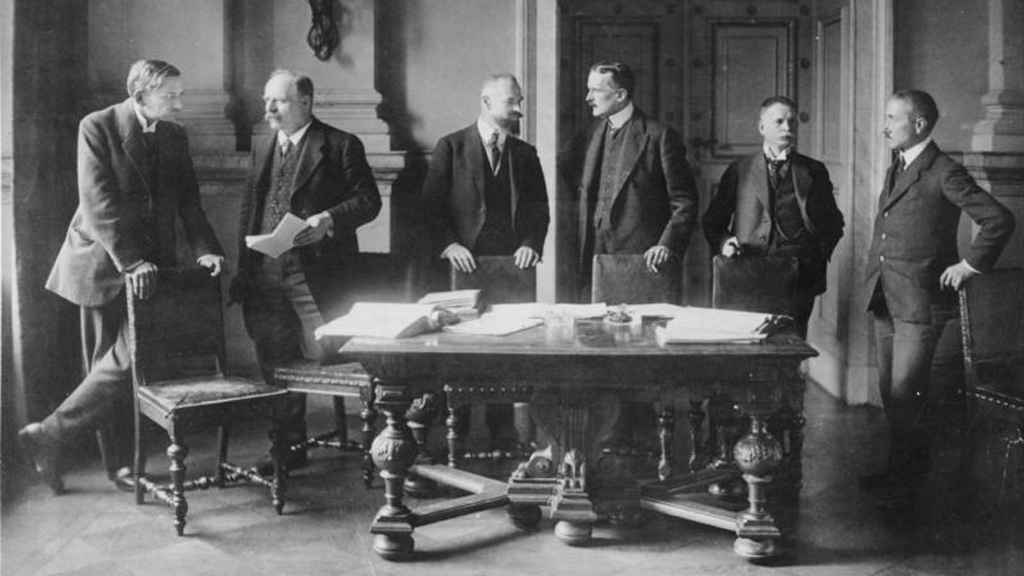
The Treaty of Versailles ending World War I is presented to Germany. Among its provisions, the treaty forces Germany to accept responsibility for the war and commit to enormous reparation payments — a humiliation seen as setting the stage for the rise of Adolf Hitler and his promise to restore German greatness.
With your help, My Jewish Learning can provide endless opportunities for learning, connection and discovery.
FEBRUARY 27, 1925: Hitler Reformulates Nazi Party
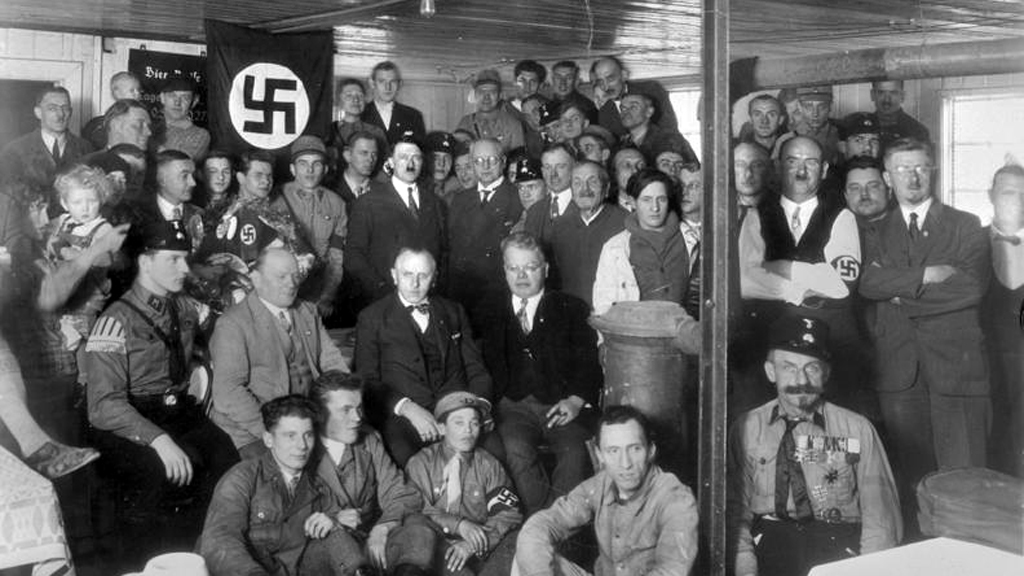
Hitler declares the reformulation of the Nazi Party and installs himself as leader in a declaration at the Munich beer hall where he led an aborted coup against the German government in 1923.
JANUARY 30, 1933: Hitler Becomes Chancellor of Germany
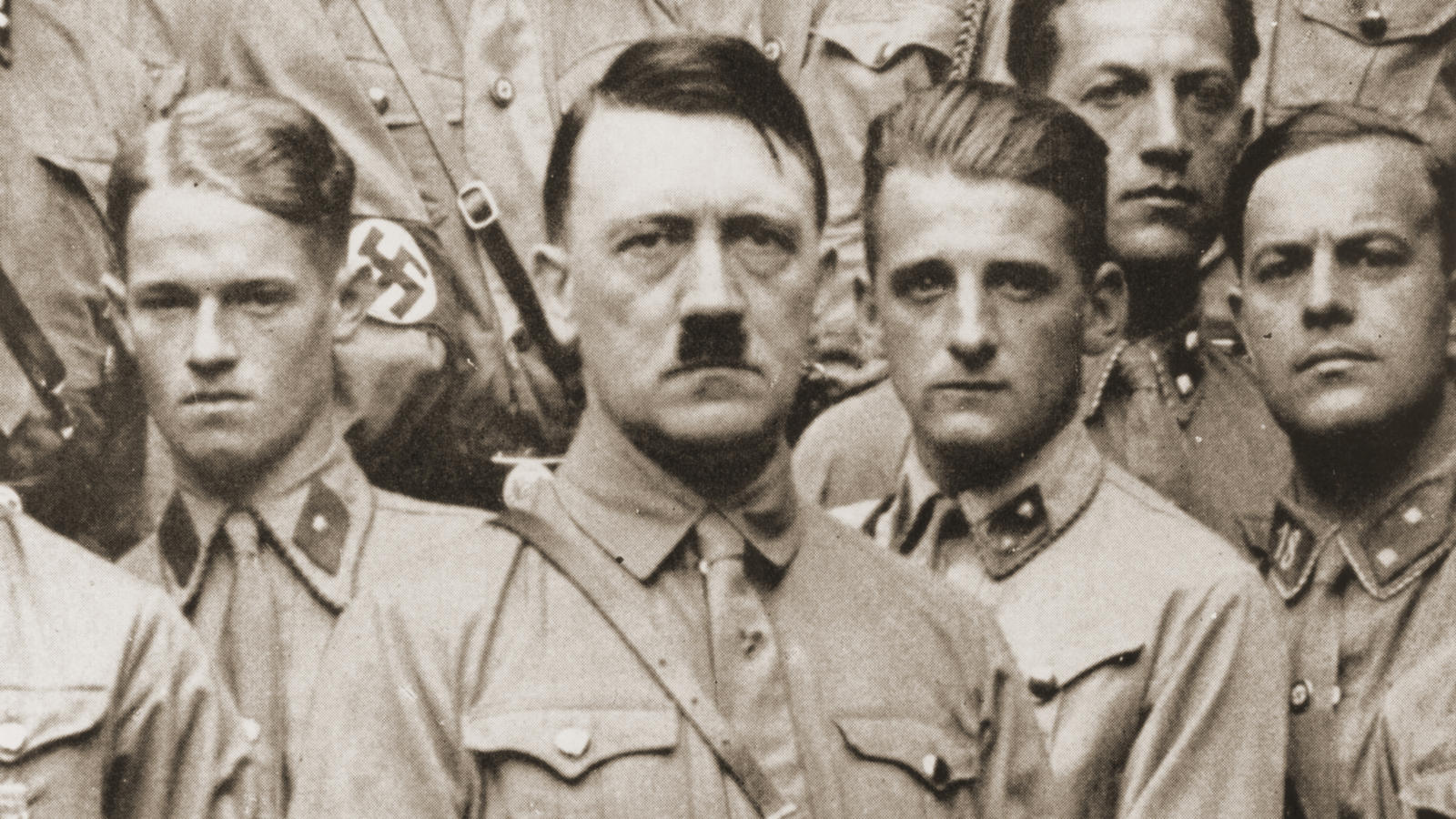
The Nazis assume control of Germany with Hitler’s appointment as chancellor.
FROM THE JTA ARCHIVE (1933): Hitler Sworn in as German Chancellor
FEBRUARY 28, 1933: Reichstag Fire and Aftermath
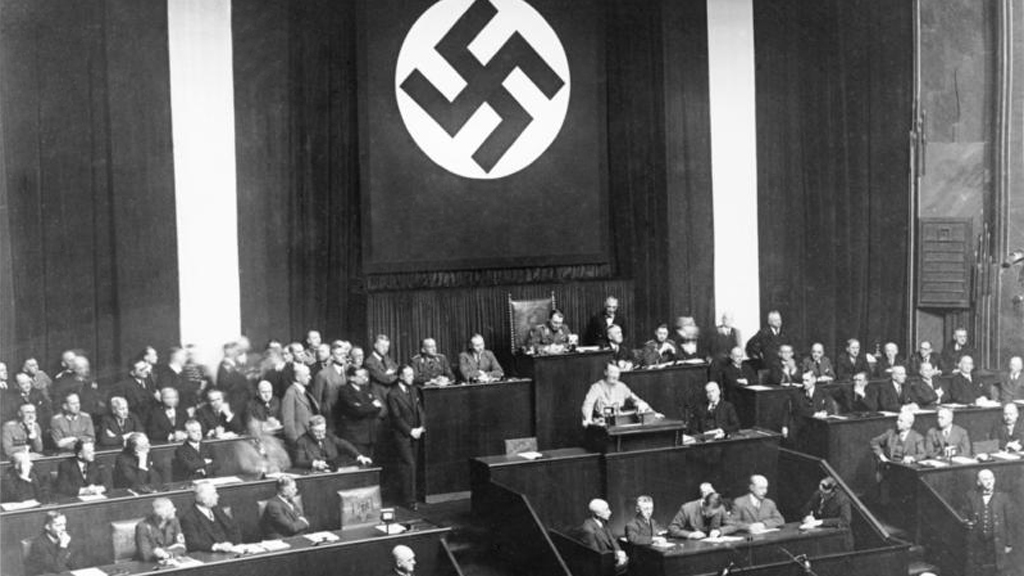
A day after a fire in the Reichstag, Germany’s parliament building, German President Paul Von Hindenburg approves the Reichstag Fire Decree, an emergency decree that suspends individual rights and due process of law.
THE JTA ARCHIVE (1933): Police Aided By Nazis Search Central Union Premises After Reichstag Fire
MARCH 22, 1933: First Concentration Camp Established
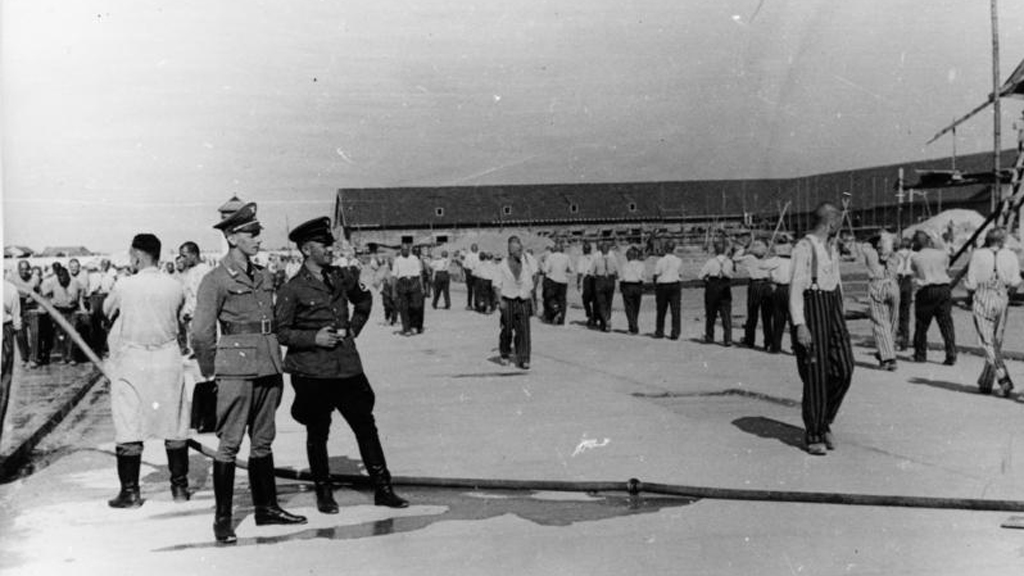
The SS, a Nazi paramilitary group, establishes the first concentration camp to incarcerate political prisoners near the town of Dachau.
THE JTA ARCHIVE (1933): Jewish Lawyer Tortured by Nazis in Concentration Camp
APRIL 1, 1933: Nazis Stage Boycott of Jewish Businesses
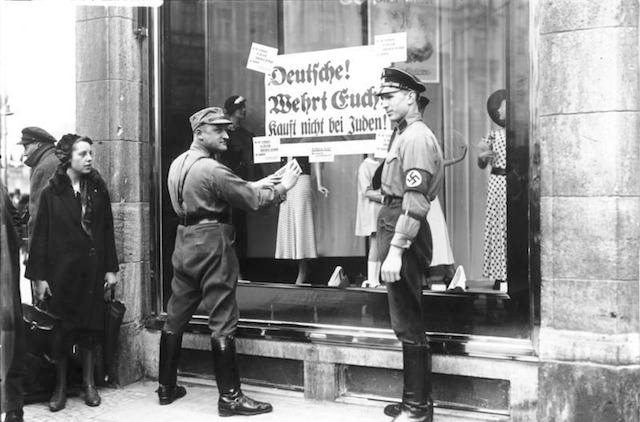
Nazi leadership stages an economic boycott targeting Jewish-owned businesses and the offices of Jewish professionals.
JTA ARCHIVE (1933): Nazi Communique Announces Boycott of Jewish Businesses Throughout Country
SEPTEMBER 15, 1935: Nuremberg Laws
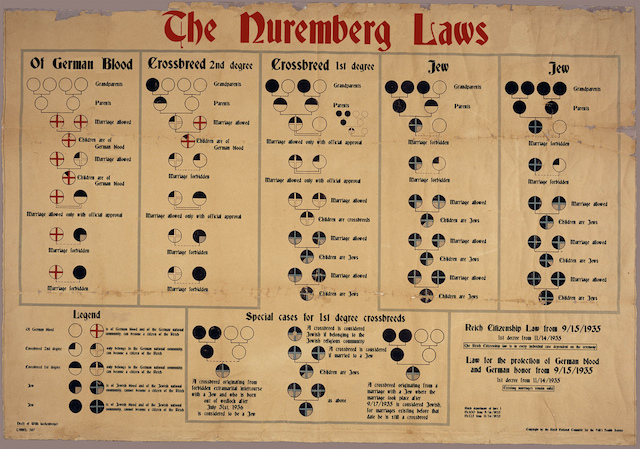
The German parliament (Reichstag) passes the Nuremberg Laws, institutionalizing many of the Nazis’ racial theories and providing the legal grounds for the persecution of Jews in Germany.
Read the full text here.
AUGUST 1, 1936: Opening of Berlin Olympics
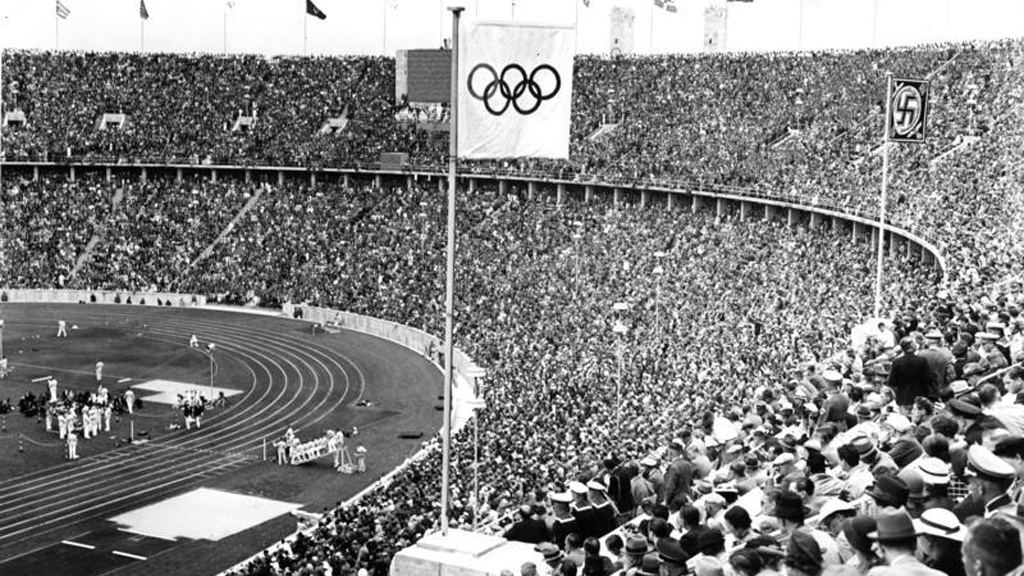
The Summer Olympic Games open in Berlin, providing the Nazi government with a major propaganda success by enabling it to present itself as a respectable member of the international community.
MARCH 11, 1938: Germany Annexes Austria
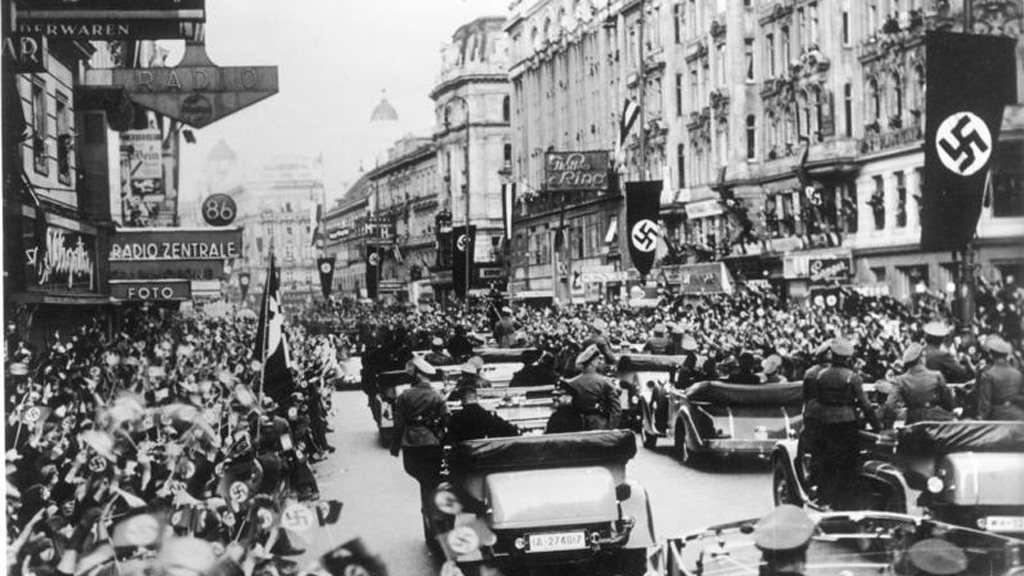
Germany invades Austria and incorporates it into the German Reich, provoking a wave of street violence against Jews in Vienna.
JTA ARCHIVE (1938): Anschluss Proclaimed in Plebiscite
SEPTEMBER 29, 1938: The Munich Agreement
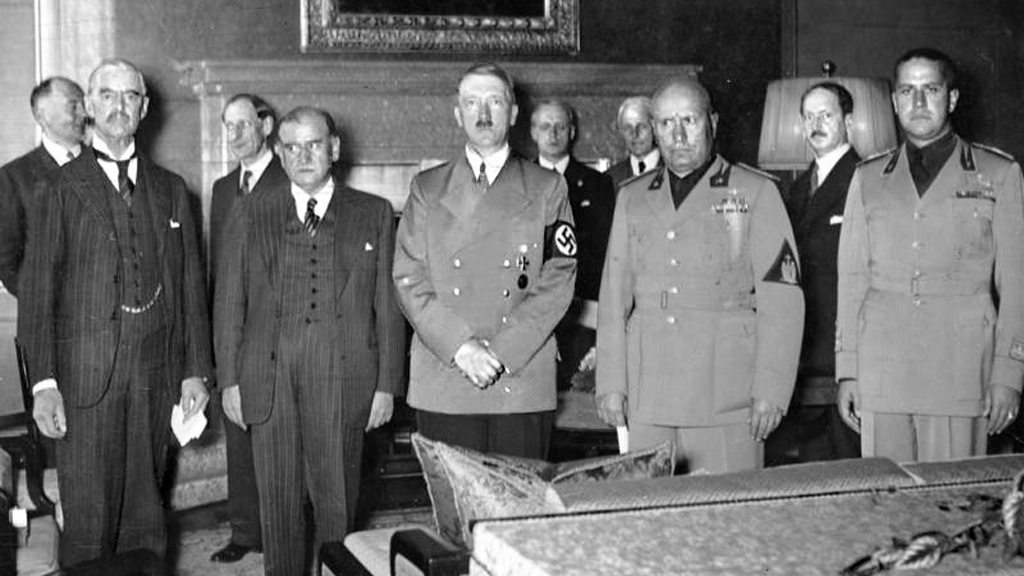
The Munich agreement is signed, ceding the Sudetenland, a region in Czechoslovakia with a large ethnic German population, to Germany and prompting British Prime Minister Neville Chamberlain to declare the achievement of “peace for our time.”
JTA ARCHIVE (1938): Munich Pact Abandons Minorities to Nazi Terror
NOVEMBER 9, 1938: Kristallnacht

A night of violent anti-Jewish pogroms known as Kristallnacht results in the destruction of hundreds of synagogues, the looting of thousands of Jewish-owned businesses and the deaths of nearly 100 Jews. The event, which was followed by the promulgation of dozens of anti-Jewish laws, is considered a turning point in the persecution of German Jewry.
JTA ARCHIVE: 25,000 Jews Under Arrest in Wake of Worst Pogrom in Modern German History, 4 Dead
DECEMBER 2, 1938: Kindertransports Begin
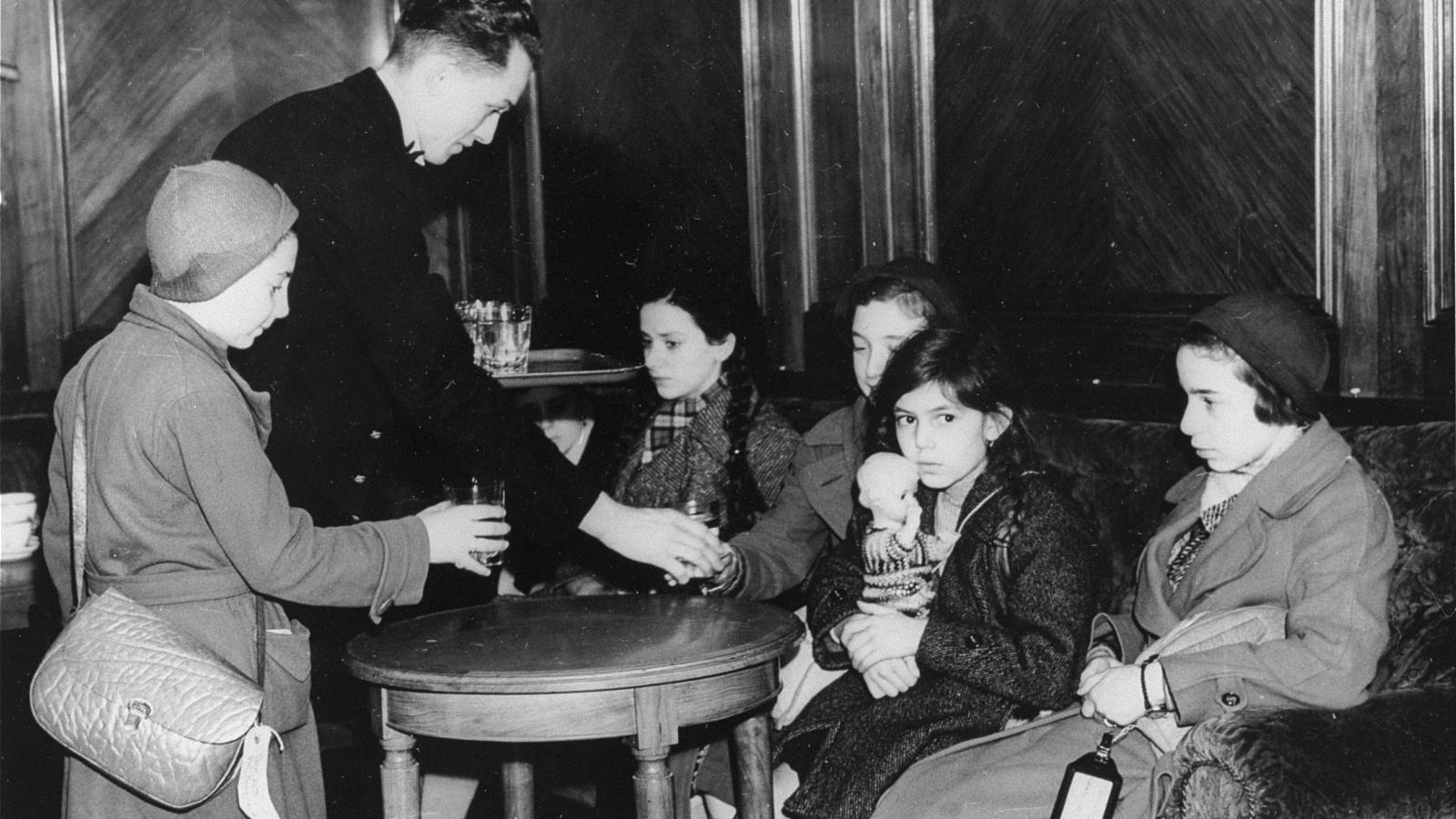
The first Kindertransport, a program for bringing child refugees out of Nazi Germany, arrives in Great Britain, bringing some 200 Jewish children from a Berlin orphanage destroyed on Kristallnacht. Thousands of refugee children would be brought to England aboard such transports between 1938 and 1940.
JTA ARCHIVE (1999): Former Kindertransport Refugees Gather for a Last Full-Scale Reunion
MAY 13, 1939: Departure of the St. Louis
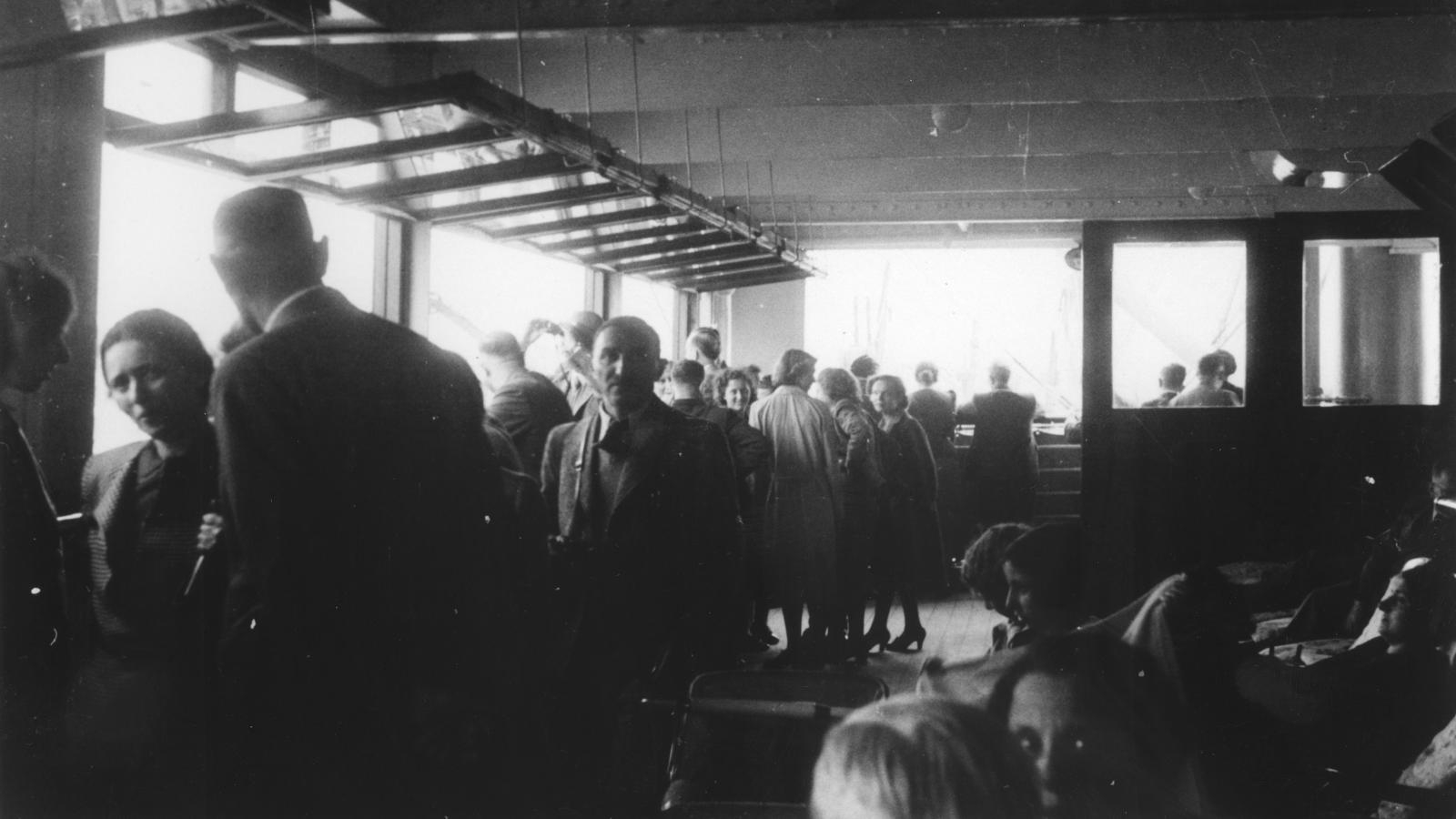
The ocean liner St. Louis departs Hamburg, Germany and heads toward Cuba carrying 900 passengers, nearly all of them Jews fleeing Nazi Germany. The boat is denied entry to Cuba and later the United States, forcing it to return to Europe. Some were taken in by the United Kingdom, while the others were allowed into Western European countries that would later be occupied by the Nazis. Two hundred and fifty-four of the passengers would eventually be murdered in the Holocaust.
SEPTEMBER 1, 1939: Germany Invades Poland
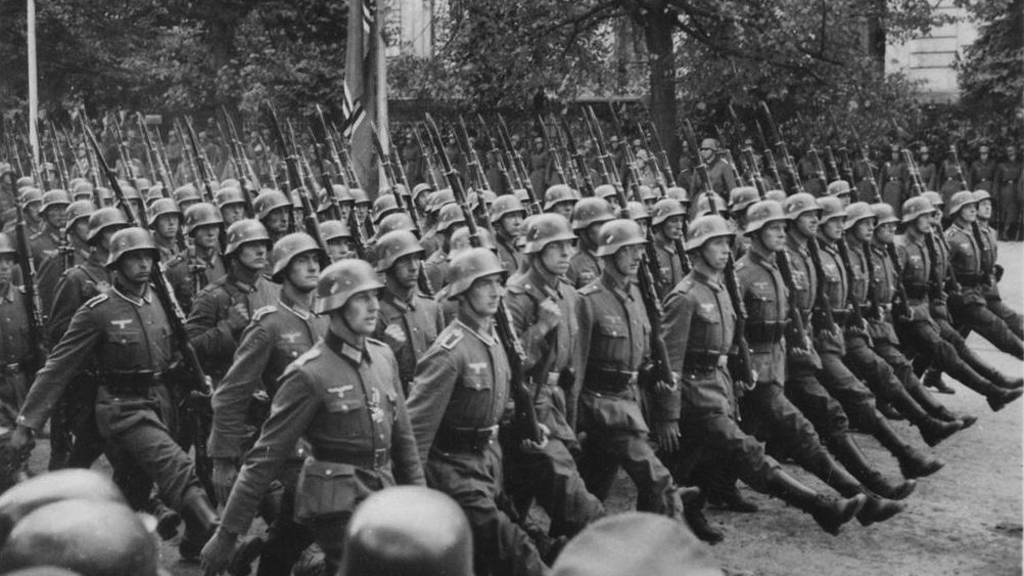
Germany invades Poland, setting off World War II. Britain and France responded with a declaration of war two days later.
May 1940: Germany Invades France
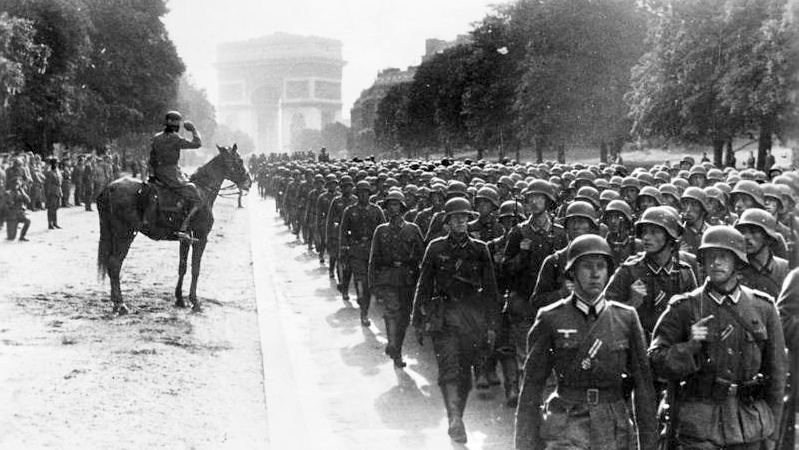
Germany begins its invasion of France, the Netherlands and Belgium. The Netherlands and Belgium surrender in May, and Paris is occupied on June 14. In a June 22 armistice agreement, Germany is given control of northern France, while the collaborationist French Vichy government controls the south.
JTA ARCHIVE (1940): Jews Fleeing France as Hitler Dictates Armistice Terms
MAY 20, 1940: Auschwitz Established

Germany establishes the Auschwitz concentration camp, the largest facility of its kind built by the Nazis, about 43 miles west of Krakow, Poland.
NOVEMBER 15, 1940: Warsaw Jews Confined to Ghetto

German authorities order the Warsaw ghetto sealed. It is the largest ghetto in both area and population, confining more than 350,000 Jews (about 30 percent of the city’s population) in an area of about 1.3 square miles.
JUNE 22, 1941: Germany Invades the USSR
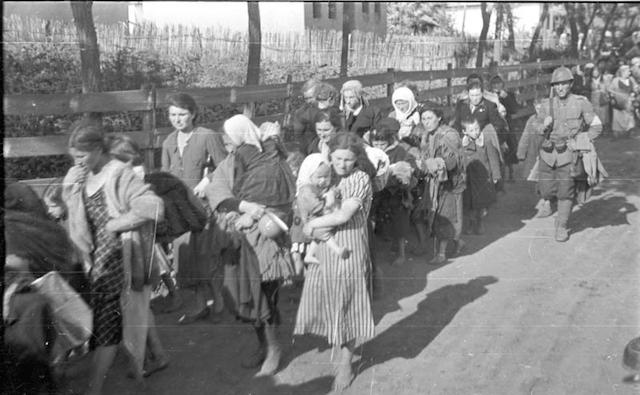
Nazi Germany invades the Soviet Union in “Operation Barbarossa.” German mobile units of Security Police and SD (Nazi intelligence) officials, called Einsatzgruppen, identify, round up and murder Jews, carrying out mass shootings during the last week of June 1941.
JTA ARCHIVE (1941): 500,000 Jews in Path of Nazi Forces Invading Russia
JTA ARCHIVE (1941): Nazis Launch Radio Drive, Urge Russian Troops to Turn Bayonets on Jews
SEPTEMBER 1, 1941: Jews Forced to Wear Yellow Stars of David
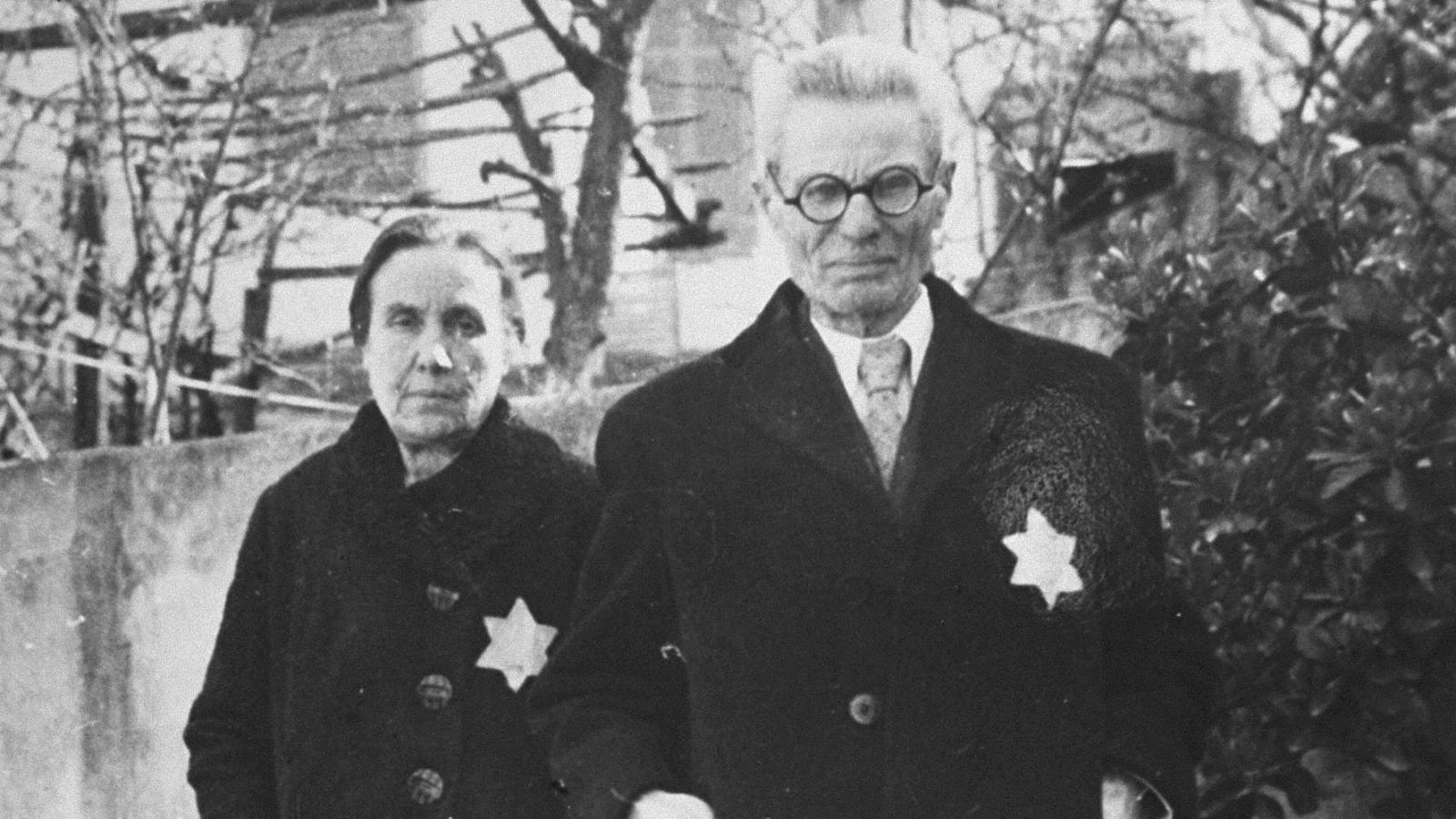
All Jews over the age of six residing in territories under German control are required to wear a yellow Star of David with the word Jew inscribed within it on their outer clothing.
JTA ARCHIVE (1941): Jews in Reich Start New Year by Wearing Yellow Stars
DECE 7, 1941: Pearl Harbor Attacked, US Enters World War II
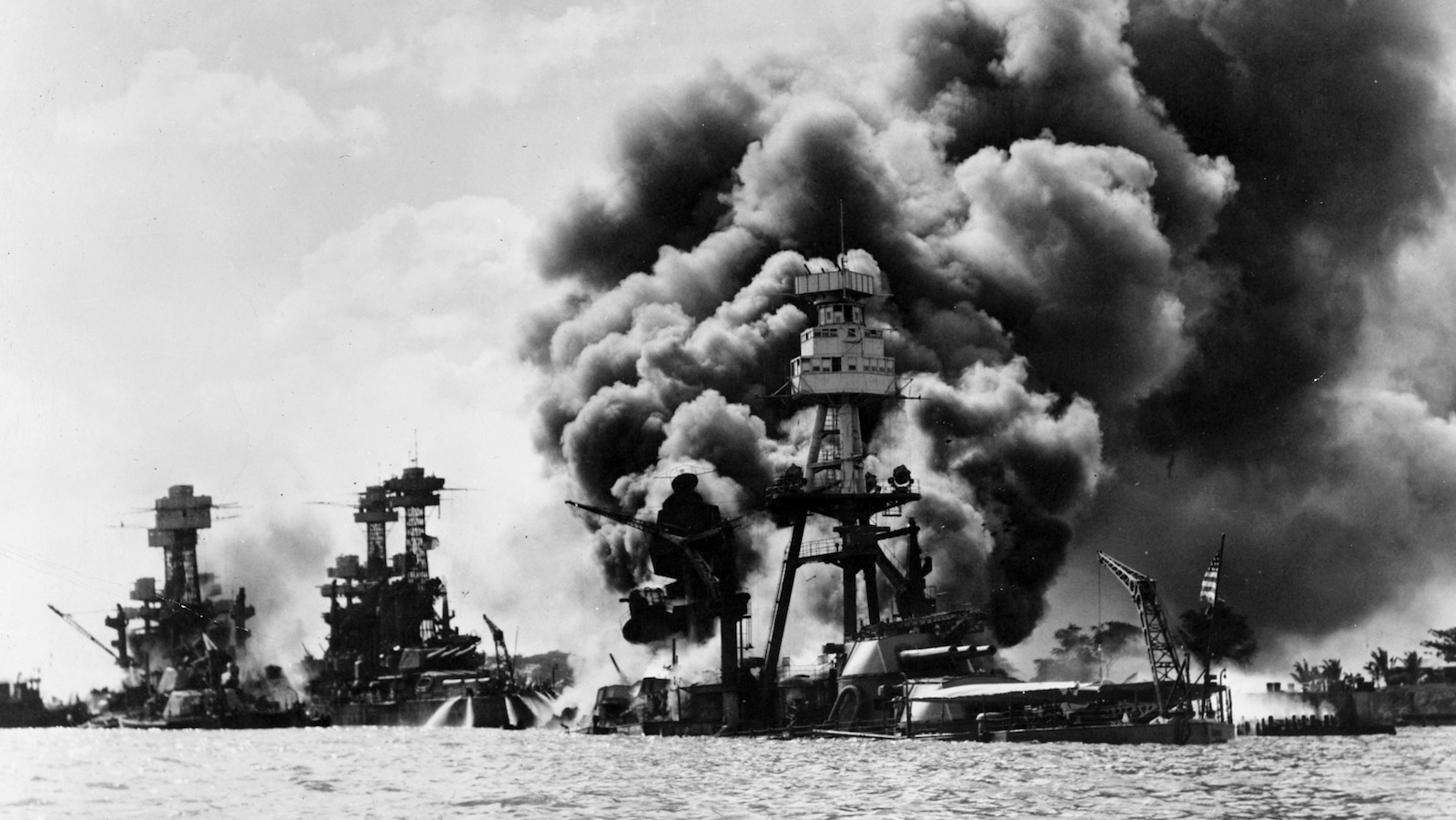
Japan launches a surprise attack on the United States Pacific fleet at Pearl Harbor, prompting the United States to enter World War II.
JTA ARCHIVE (1941): Hebrew U President Judah L. Magnes Cables FDR Day After Pearl Harbor to Offer Service
JAN. 20, 1942: “Final Solution” Planned at Wannsee
The Wannsee Conference convenes in a villa outside Berlin. Plans to coordinate a “final solution” to the Jewish question are presented to leading German and Nazi officials.
July 23, 1942: Nazis Begin Gassing Operations at Treblinka
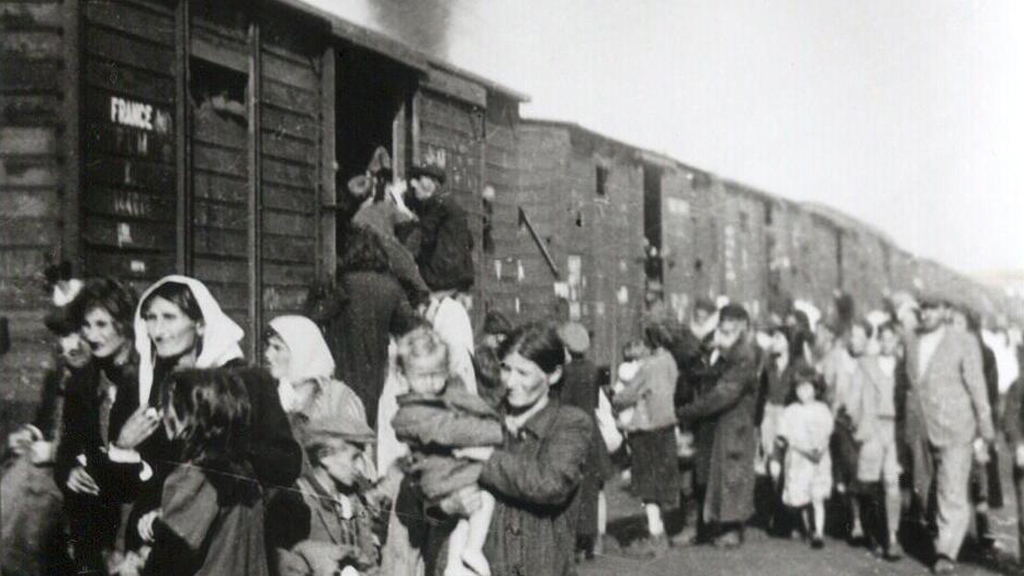
Some 925,000 Jews and an unknown number of Poles, Roma and Soviet prisoners would be murdered there.
JTA ARCHIVE (1943): Nazis Suffocate Jews in Groups of 500 in Special Steam Chambers
APRIL 19, 1943: Warsaw Ghetto Uprising Begins
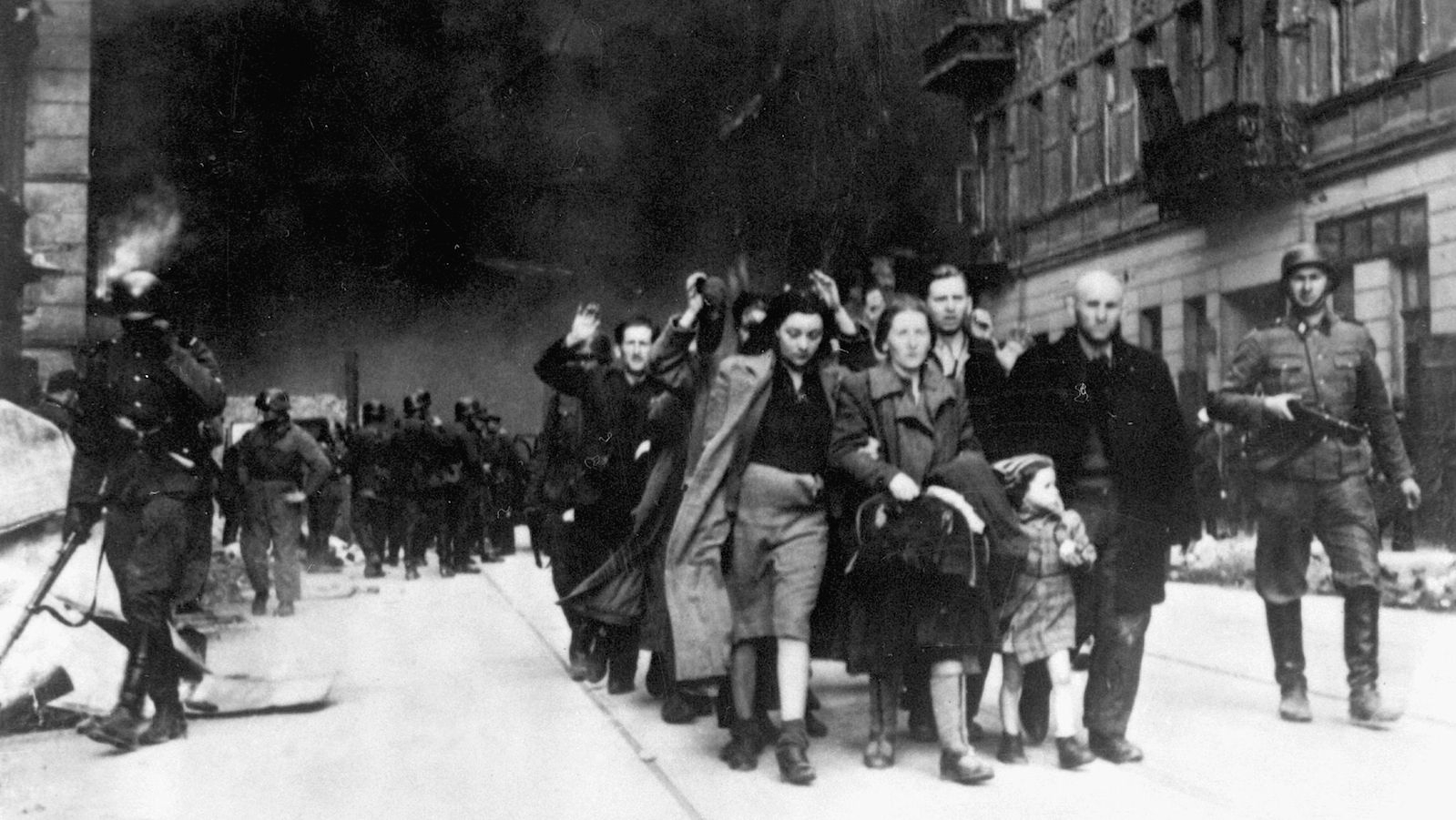
For nearly a month, small groups of Jews fought the larger and better armed German forces before finally being defeated.
JTA ARCHIVE (April 30, 1943): Jews in Warsaw Ghetto Ask for Food and Arms to Continue Resistance
JTA ARCHIVE (May 16, 1943): Nazis Burn Down 200 Houses in Warsaw Ghetto, Execute Jewish Hostages
September 20, 1943: Thousands of Danish Jews Begin Escape to Sweden
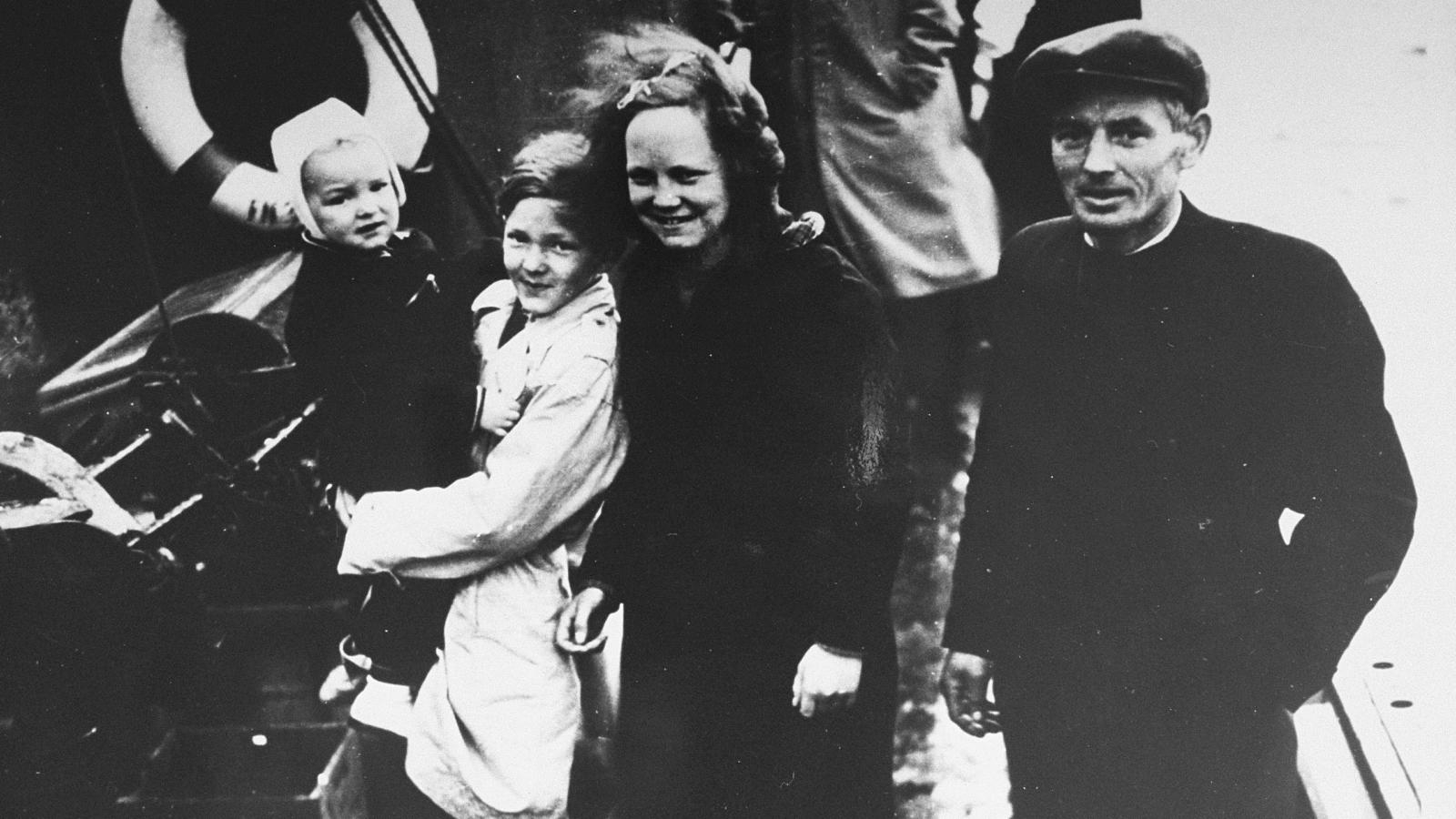
With help from resistance fighters and ordinary citizens, some 7,200 Danish Jews began their escape to neutral Sweden.
JTA ARCHIVE (1943): Fishermen Establish Regular Ferry Service for Refugees Between Denmark and Sweden
MARCH 19, 1944: Germany Occupies Hungary
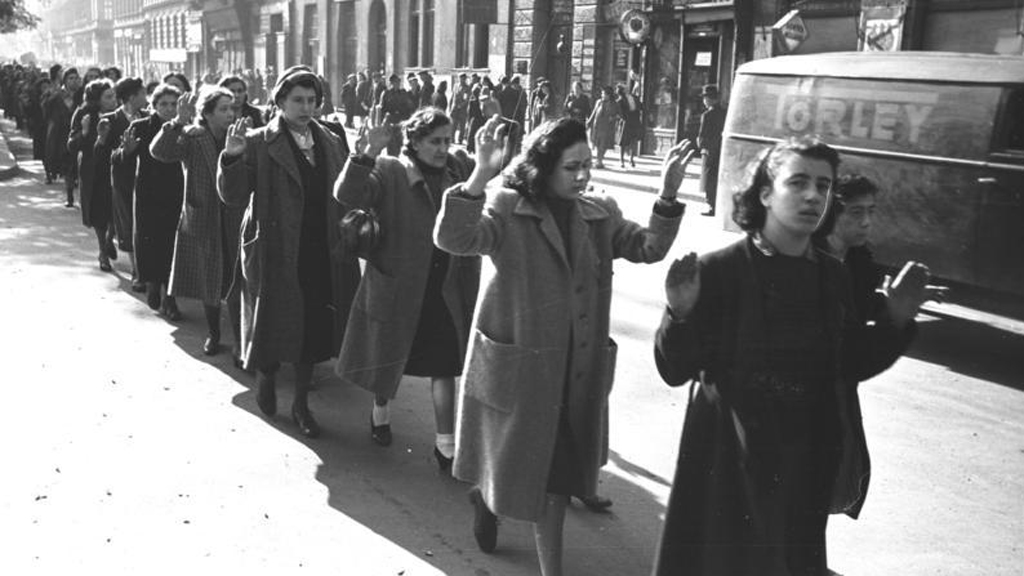
Germany occupies Hungary. Less than two months later, the deportation of 440,000 Hungarian Jews, mostly to Auschwitz, begins.
JTA ARCHIVE (1944): Jewish Shops in Budapest Looted, Jews Flee Homes, Seek Escape from Hungary
OCTOBER 7, 1944: Prisoners at Auschwitz Rebel
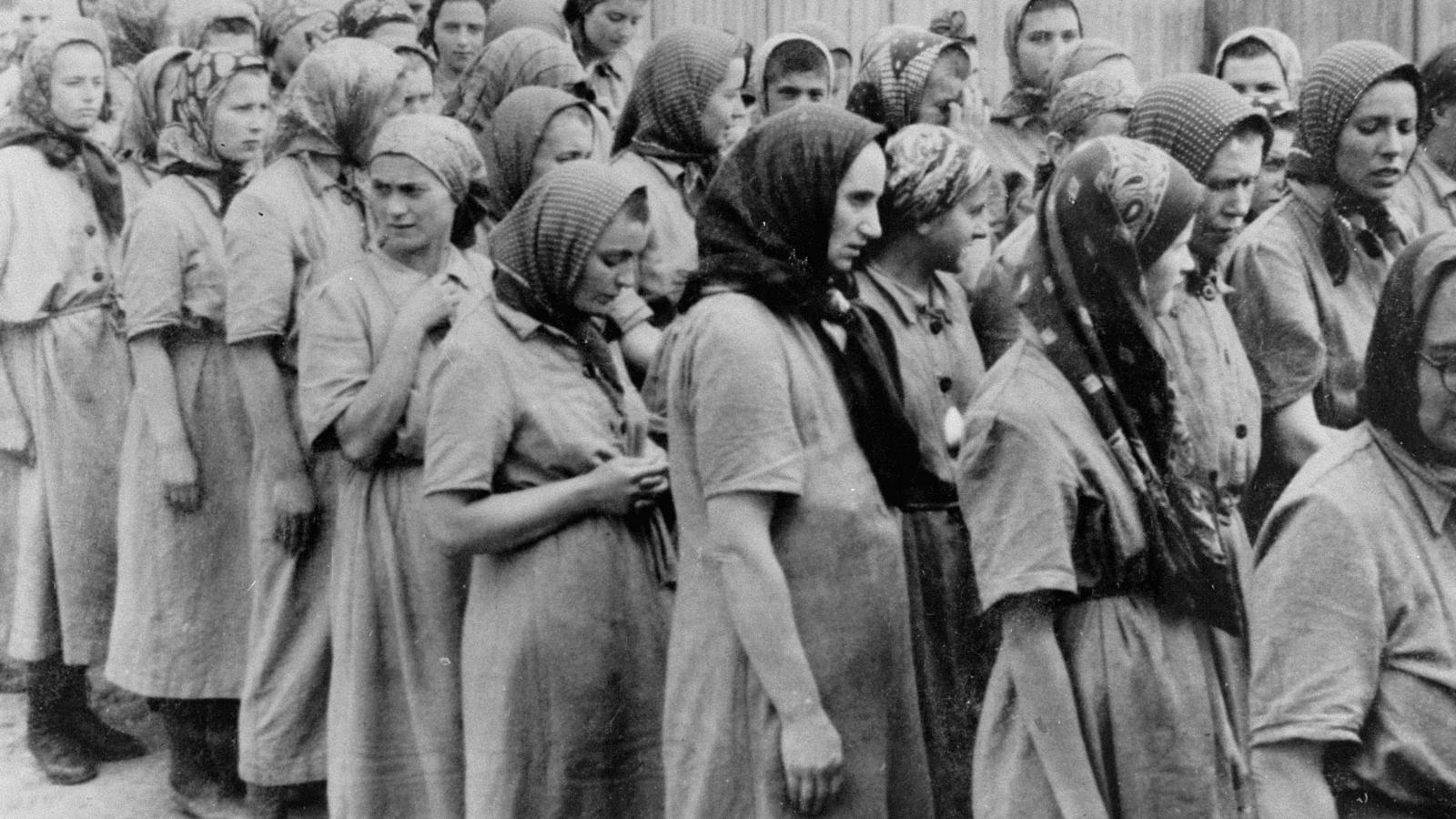
Jews arriving at Auschwitz in 1944. (German National Archive/Wikimedia Commons)Prisoners at Auschwitz rebel and the Germans crush the uprising, killing nearly 250 prisoners during the fighting.
January 27, 1945: Soviets Liberate Auschwitz
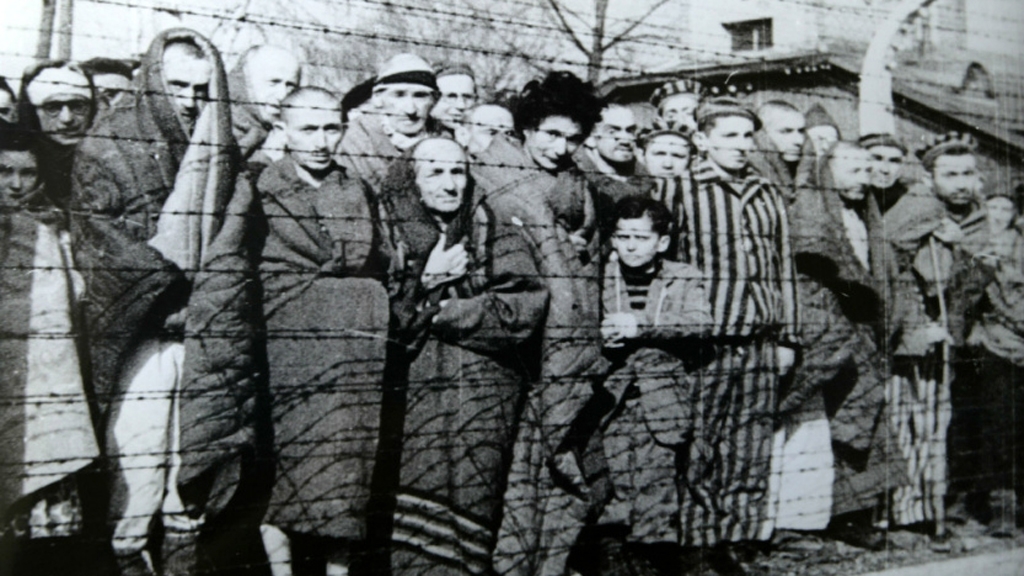
With Soviet forces advancing, Germany begins, on Jan. 17, the final evacuation of Auschwitz, marching nearly 60,000 west toward Germany in what became known as “death marches.” Anyone who fell behind or could not continue was shot. Ten days later, Soviet forces entered the camp and liberated the remaining 7,000 prisoners.
APRIL 30, 1945: Hitler Commits Suicide
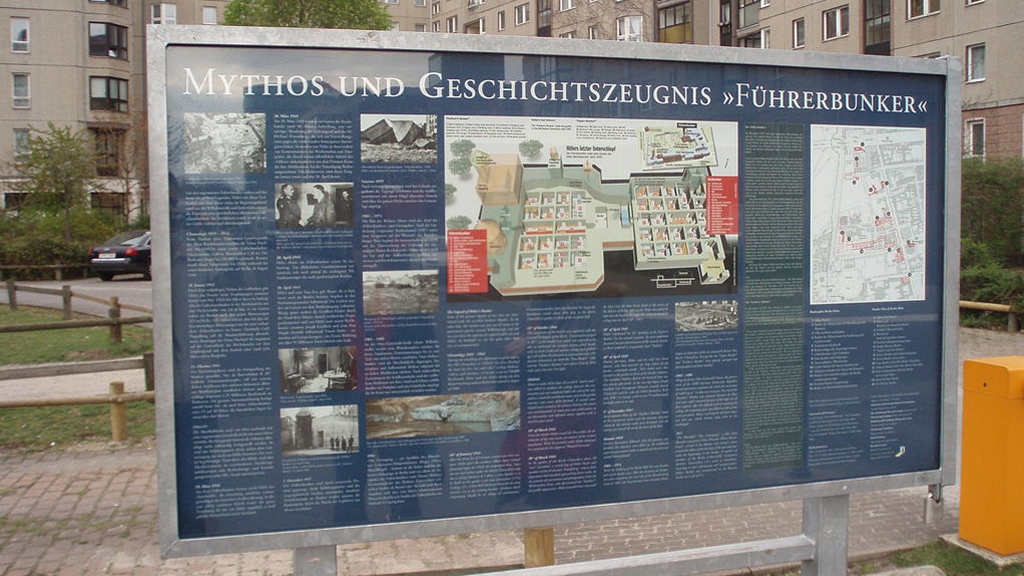
With Soviet forces nearing his command bunker in central Berlin, Adolf Hitler commits suicide.
JTA ARCHIVE (1945): Moscow Jews Rejoice at News of Hitler’s Death
MAY 7, 1945: Germany Surrenders
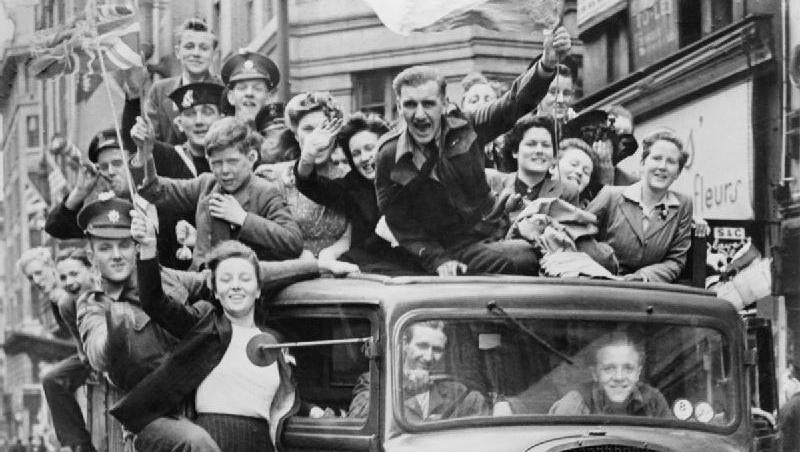
Germany surrenders unconditionally to the Allies. armed forces surrender unconditionally in the west. Victory in Europe, V-E Day, is proclaimed the next day.
JTA ARCHIVE (1945): German Refugee Captain Acts as Interpreter as Nazis in Italy Surrender
NOVEMBER 20, 1945: Nazi Leaders Charged with Crimes Against Humanity
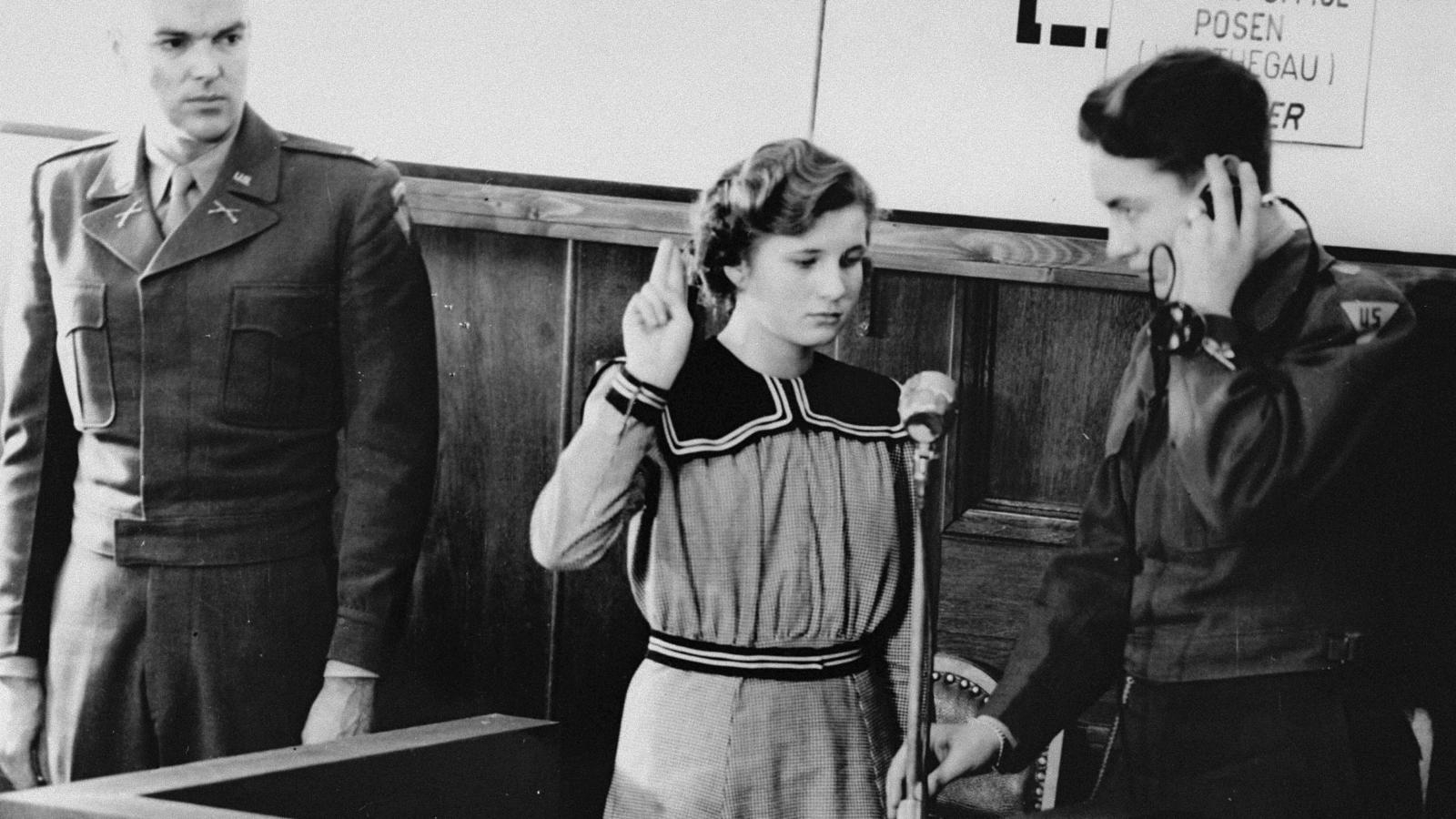
An international tribunal in Nuremberg charges 21 Nazi leaders with crimes against humanity. Twelve Nazis would eventually be sentenced to death.
JTA ARCHIVE: Leaders Nervous as Allied Prosecutors at Nuremberg Trial List Crimes Against Jews
JULY 4, 1946: At Least 42 Jews Murdered in Pogrom in Poland
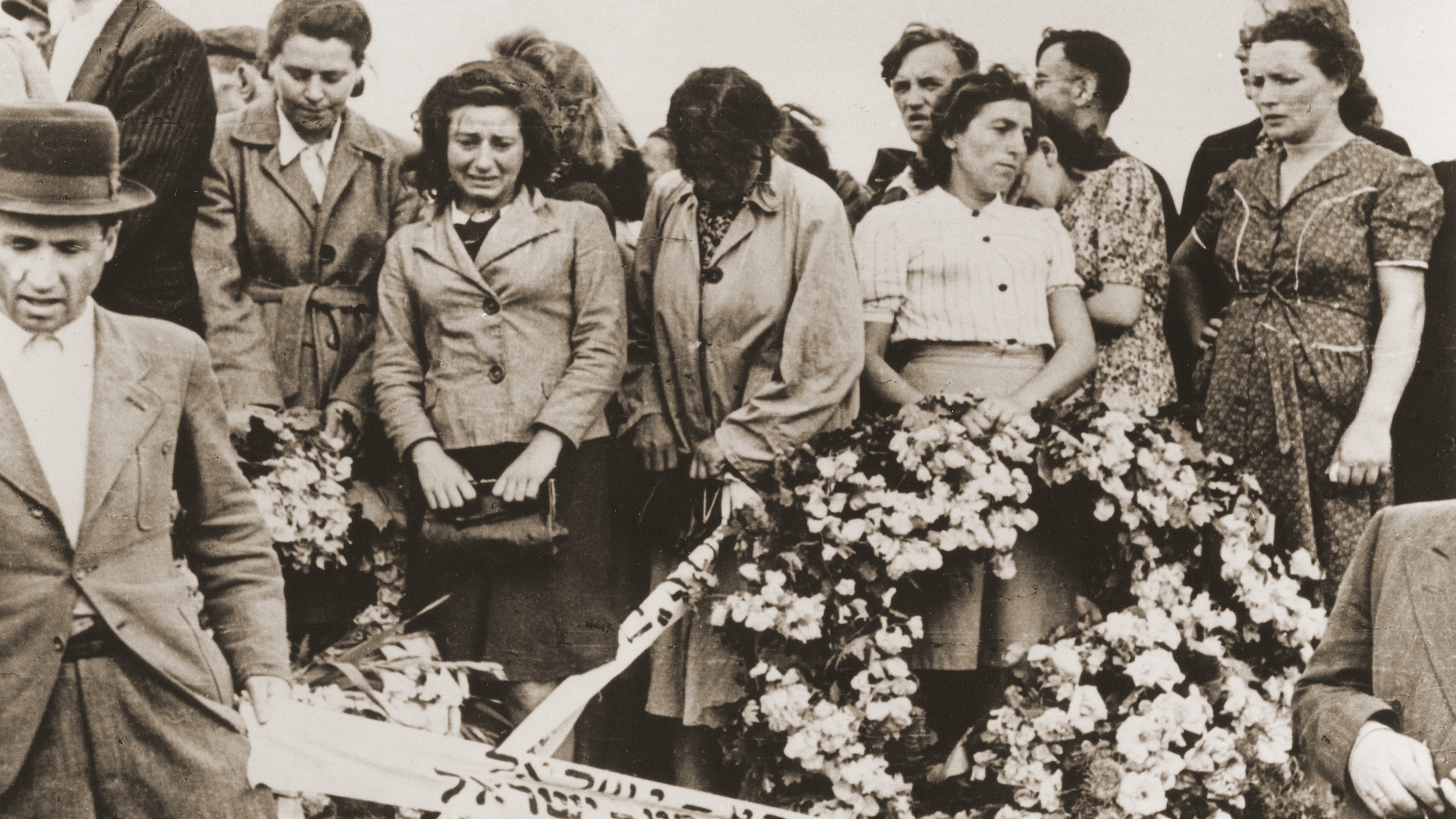
A mob of Polish soldiers, police officers and civilians murder at least 42 Jews and injure over 40 in the Polish town of Kielce, an event that convinces many Holocaust survivors that they have no future in Poland and must emigrate to Palestine or elsewhere.
DECEMBER 15, 1961: Israeli Court Convicts Nazi War Criminal Adolf Eichmann
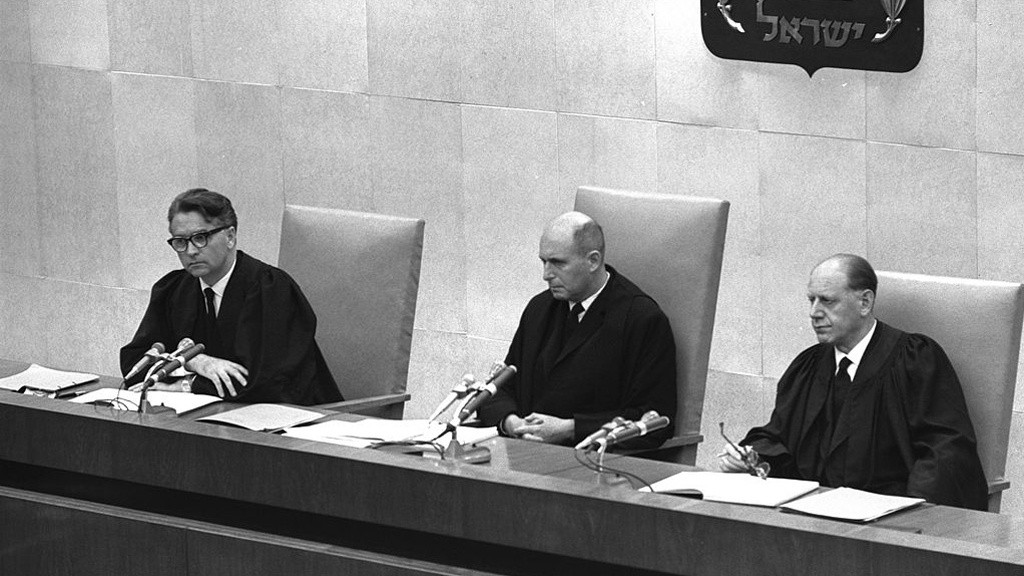
An Israeli court convicts Nazi war criminal Adolf Eichmann, following a highly publicized trial. Eichmann is executed on June 15, 1962.
JTA ARCHIVE (1961): Eichmann Found Guilty, Reading of Judgment to Conclude Tomorrow
Adapted with permission from the United States Holocaust Memorial Museum.

